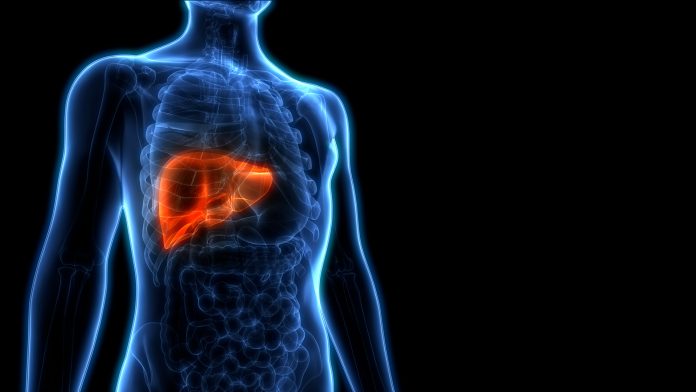
A study has revealed how the newly found cells migrate to the site of liver damage, providing insight into cell regeneration.
The findings could help develop new therapies that harness the liver’s ability to regenerate following damage.
Funded by the Wellcome Trust, the study is published in Nature.
The team studied patients with acute liver failure
During acute liver failure, the ability to repair and regenerate is often overwhelmed. Because of this, most patients require an emergency liver transplant to regain liver function.
University of Edinburgh Scientists studied human liver tissue from patients with acute liver failure. The team looked for signs of cell proliferation and regeneration following the loss of liver function.
The team found that a significant number of cells were still able to multiply.
However, substantial areas of damage remained in the patients’ livers. This suggests that processes other than cell proliferation are critical during liver regeneration.
Wound-healing liver cells emerge during regeneration
To better understand the regeneration process, the team used single-cell RNA sequencing to examine genes within every liver cell in healthy and regenerating human liver tissue.
The team found a previously undetected population of wound-healing liver cells that emerge during human liver regeneration to boost its recovery.
In collaboration with University of Glasgow scientists at the Cancer Research UK Scotland Institute, the team used special imaging techniques in mice to view wound-healing cells in action.
Leader cells would appear at the edge of the healthy tissue during liver regeneration, dragging the tissue together to close the wound. This mechanism is similar to how skin heals after a cut.
Prevent the spread of bacteria
Imaging revealed that the population of healing liver cells appears before cell proliferation begins.
A major concern following acute liver failure is widespread infection, as bacteria from the gut can escape into the liver when it is damaged. This can lead to sepsis if the liver cannot clear the infection.
The team say that the liver may prioritise the healing of wounds before cell proliferation to restore the gut-liver barrier and prevent bacteria from spreading.
The research team included scientists from the Universities of Birmingham, Cambridge and Texas, University College London, and the United States Acute Liver Failure Study Group network.









